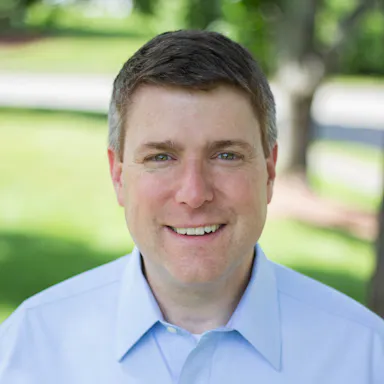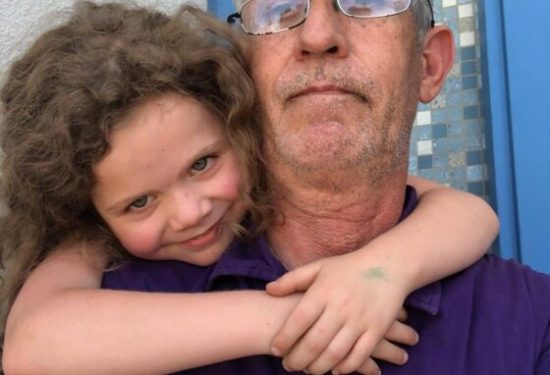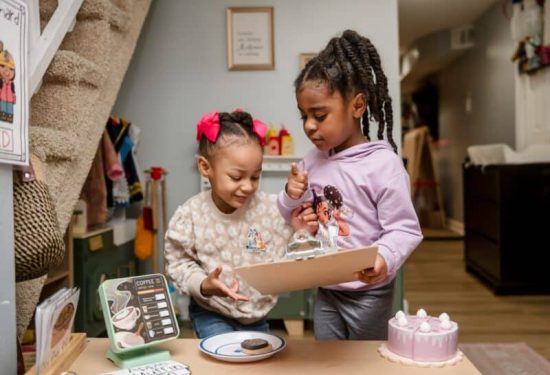The president recently signed a bill extending the Paycheck Protection Program (PPP) deadline to May 31, 2021, with an additional 30 days after for the processing of loans. As of writing, there are about 31% of the PPP funds left, providing a great opportunity to receive stimulus.
If you haven’t received a PPP, it is a great time to get in on the program before it ends. The application for a first time PPP is straightforward and forgiveness (the process of removing the debt so you can keep the funds) is easier than ever. So, if you haven’t applied, now is the time. To find out more about applying, visit Home Grown’s resource page.
If you have already received a PPP, you could have the chance to apply for a second loan.
To receive a second loan, you need to:
- Be on track to or have expended your first PPP.
- Show a 25% or greater decline in quarterly revenue from 2019 to 2020.
This second part has been difficult for a number of providers since revenue may have been level (or even higher) with subsidies and grants, even though costs went up. This can also be a time-consuming exercise since many of family care providers lack accounting systems.
Many of the banks may not ask you for your revenue ahead of applying for a second PPP. By law, for a loan under $150,000, the bank is not required to ask. However, when you apply for forgiveness of the loan, you will be asked for the information, so it is critical to determine your eligibility up front.
If you are eligible you may want to apply for a second loan a week or so before your current PPP is spent. Typically, if you are sole proprietor without w-2 employees, that is an 8-week period from when you received your first PPP funds. So, you may want to apply for a second PPP in week 7 from the date you received the first PPP so you can get in line for funding as early as you can.
In some cases, your bank may want to you to apply for a second PPP even sooner. That’s alright as long as you know you pass the revenue test as described above.
To help you, Home Grown has added a specific one-pager for determining second PPP eligibility. You can also email the Home Grown technical support team at PPP@civstrat.com with questions.




